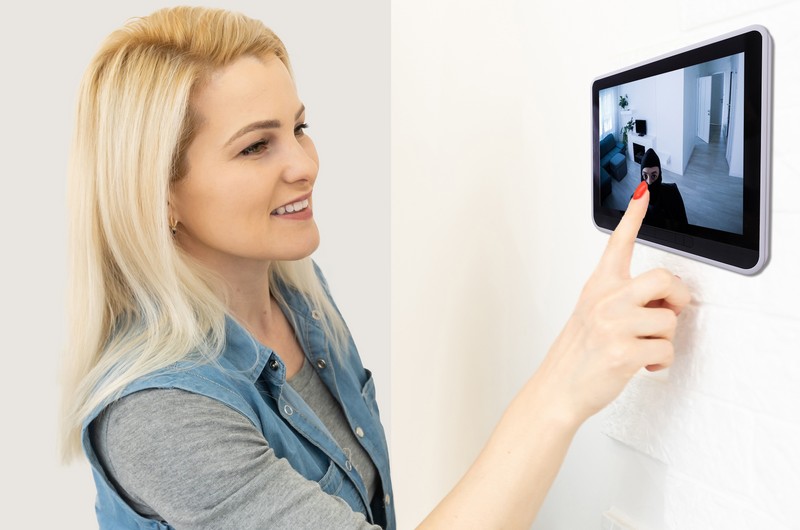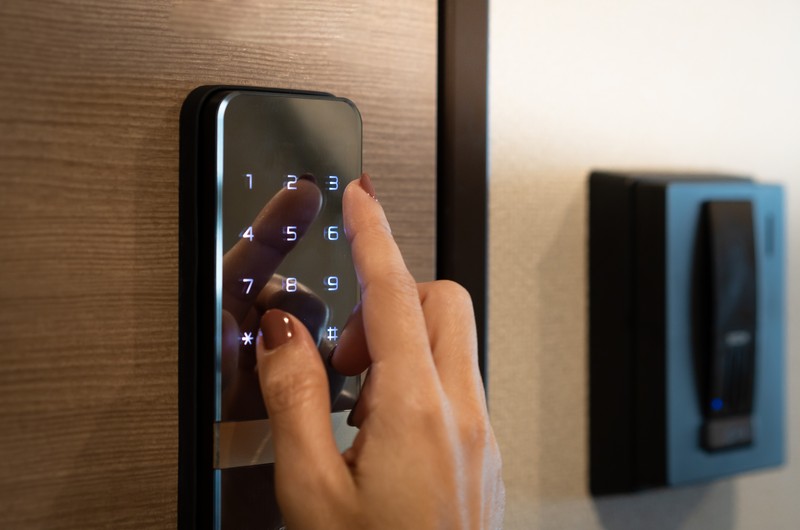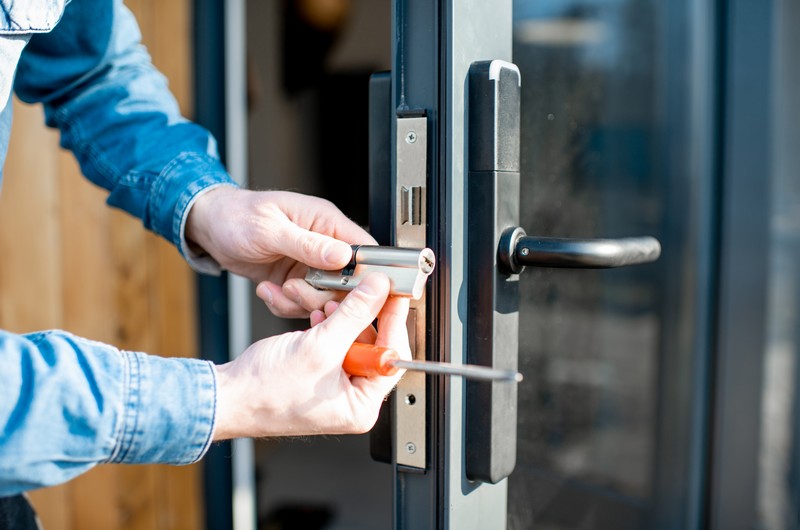 Electronic locks for Rental Properties
Electronic locks for Rental Properties

If you’re a landlord, you know that security is one of your top priorities. You want to protect your property and your tenants, and you want to make sure that only authorized people have access to your rental units. One way to do this is by installing an electronic lock on each unit.
In this blog post, we’ll discuss the benefits and drawbacks of electronic locks for rental properties. We’ll also outline three types of electronic locks and provide tips on how to choose the right lock for your property. Finally, we’ll give instructions on how to install an electronic lock.
Benefits of electronic locks for rental properties
As a landlord, you know that security is one of your top priorities. You want to protect your property and your tenants, and you want to make sure that only authorized people have access to your rental units. One way to do this is by installing an electronic lock on each unit.
In this blog post, we’ll discuss the benefits of electronic locks for rental properties. These benefits include improved security, increased rental income, peace of mind for owners and tenants, and the ability to save time and money.
Improved security is one of the main benefits of electronic locks for rental properties. Electronic locks deter break-ins and allow landlords to remotely monitor and control access to their rental units. This can give you peace of mind knowing that your property is secure even when you’re not there.
Another benefit of electronic locks is that they can increase rental income by making it easier to manage bookings and schedule cleanings. With an electronic lock, you can give tenants access to their unit only when they need it. This means that you can rent out your units for shorter periods of time, which can increase your overall income.
Finally, electronic locks can provide peace of mind to both landlords and tenants. Tenants will appreciate not having to worry about losing their keys, and landlords will appreciate not having to worry about changing or re-keying locks between tenants.
Drawbacks of electronic locks for rental properties
While electronic locks for rental properties offer many benefits, there are also some drawbacks to consider. These locks can be expensive to purchase and install, and they require batteries that can die, leaving you locked out. Additionally, they can be hacked, giving criminals access to your property.
For landlords considering installing electronic locks, it is important to weigh the costs and benefits to decide if these locks are right for their rental property.
3 types of electronic locks for rental properties
There are three main types of electronic locks that are available for rental properties: keypad locks, card swipe locks, and biometric locks. Each type of lock has its own benefits and drawbacks, so it is important to choose the right one for your property.
Keypad locks are the most common type of electronic lock. They are relatively inexpensive and easy to install. Keypad locks can be programmed to allow multiple users to have access to the property. However, they can be vulnerable to being hacked, so it is important to choose a lock with a good security system.
Card swipe locks are more expensive than keypad locks, but they offer a higher level of security. Card swipe locks require each user to have their own card, which is swiped in order to gain access to the property. This means that if a card is lost or stolen, it can be quickly canceled and replaced. Biometric locks are the most expensive type of electronic lock, but they offer the highest level of security. Biometric locks require each user to have their own unique identifier, such as a fingerprint or iris scan, in order to gain access to the property. This makes it virtually impossible for someone to gain access to the property without your permission.
When choosing an electronic lock for your rental property, it is important to consider your budget and the level of security you require. If you are concerned about someone gaining unauthorized access to your property, then you should choose a lock with a high level of security. If you are on a tight budget, then a keypad lock may be the best option for you.
How to choose the right electronic lock for your rental property
There are a few things to consider when choosing an electronic lock for your rental property. Firstly, you need to think about what your needs are. Do you need a high-security lock or is a more basic lock sufficient? Secondly, you need to consider your budget. Electronic locks can vary significantly in price, so it is important to find one that fits your budget. Finally, you need to think about the type of lock you want. There are three main types of electronic locks: keypad locks, card swipe locks, and biometric locks. Keypad locks are the most affordable but least secure, while card reader locks are more expensive but offer a higher level of security. Biometric locks are the most expensive but offer the highest level of security. When choosing an electronic lock, it is important to consider your needs, budget, and level of security you require.

Installing an electronic lock for your rental property
Installing an electronic lock on your rental property is a relatively simple process, but there are a few things you need to keep in mind. Here are the key steps:
- Purchase an electronic lock. When doing so, consider your budget and the level of security you require. Keypad locks are the most affordable but least secure, while card reader locks are more expensive but offer a higher level of security. Biometric locks are the most expensive but offer the highest level of security.
- Follow the instructions that come with your electronic lock carefully. If you are unsure about anything, there are many helpful online tutorials that can walk you through the process step-by-step.
- Once you have installed the lock, test it to ensure it is working properly.
- Finally, give your guests the code to the lock so they can access your rental property. Make sure to change the code regularly to maintain security.


